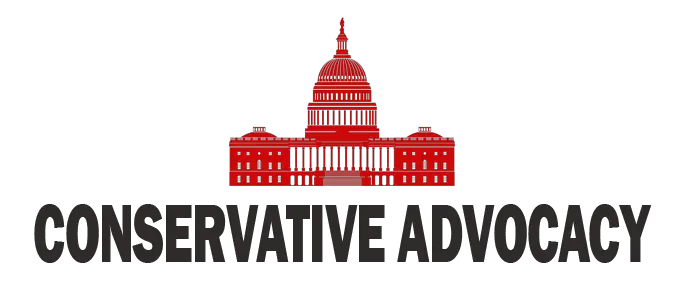In the ongoing struggle between the executive and judicial branches of the U.S. government, a new round of controversy has erupted over a recent ruling by a federal judge. This judge, often described as far-left and partisan, previously faced a setback from the Supreme Court regarding the same issue. This time, the judge is asserting that the President lacks the authority to hire and fire employees within the executive branch. If this seems perplexing, that’s because it is. The White House, evidently irked by this development, is planning to appeal the decision.
Many conservatives view this situation as an ongoing battle to maintain the power of the presidency and effectively manage the federal workforce. The President, as the chief executive, is essentially seen as the CEO of the government. Critics argue that the current system allows federal employees to remain unchanged unless they commit egregious offenses. It’s a frustrating scenario for those who wish to see a more streamlined and accountable government. With promises to “drain the swamp” being a core part of the President’s campaign, the growing bureaucracy under the current administration raises eyebrows among conservatives.
As dust settles from the judge’s ruling, fears loom that if the tables turn and a Democrat returns to the White House, similar meddling may ensue. The prospect of cuts to agencies like ICE (Immigration and Customs Enforcement) and others viewed unfavorably by the left is a chilling thought for many conservatives. The growing size of the government has alarmed budget hawks, who see a $2 trillion annual deficit as a significant threat. There seems to be a consensus that without substantial cuts to government spending, the nation could find itself in a precarious situation.
Meanwhile, discussions around government spending have led economists to scrutinize entitlements and welfare programs. The rapid increase in government expenditure has sparked concerns. The notion that health care reform, like Obamacare, has led to significantly higher costs than promised adds another layer to the urgency of the conversation. Advocates for fiscal responsibility argue that modest spending cuts are imperative. As they point out, failing to address these financial imbalances could have dire consequences on the economy.
When the topic of government overhauls arises, particularly entities like the Consumer Financial Protection Bureau, it leaves many wondering if the executive branch truly has the authority to eliminate programs created by Congress. Advocates maintain that it is the President’s responsibility to streamline programs that are deemed wasteful. They argue that in the past, Presidents had the power to withhold funds if there was no national interest in spending. This might seem like common sense to most businesses, but the current rules in Washington seem to encourage wasting taxpayer money, contributing to the national debt.
In the tangled web of politics, a simpler approach to taxation is also discussed among conservatives. A flat tax system could, in their view, streamline the process and reduce complexities that often lead to fraud. Simplifying the tax code would not only help citizens understand what they owe but would also minimize the potential for abuse by the IRS for political gains. As these discussions evolve, it becomes clear that the direction of government power and financial policy will continue to be hot topics in the upcoming months. As everyone waits to see how these controversies unfold, one thing remains clear: the American public will be watching closely.




